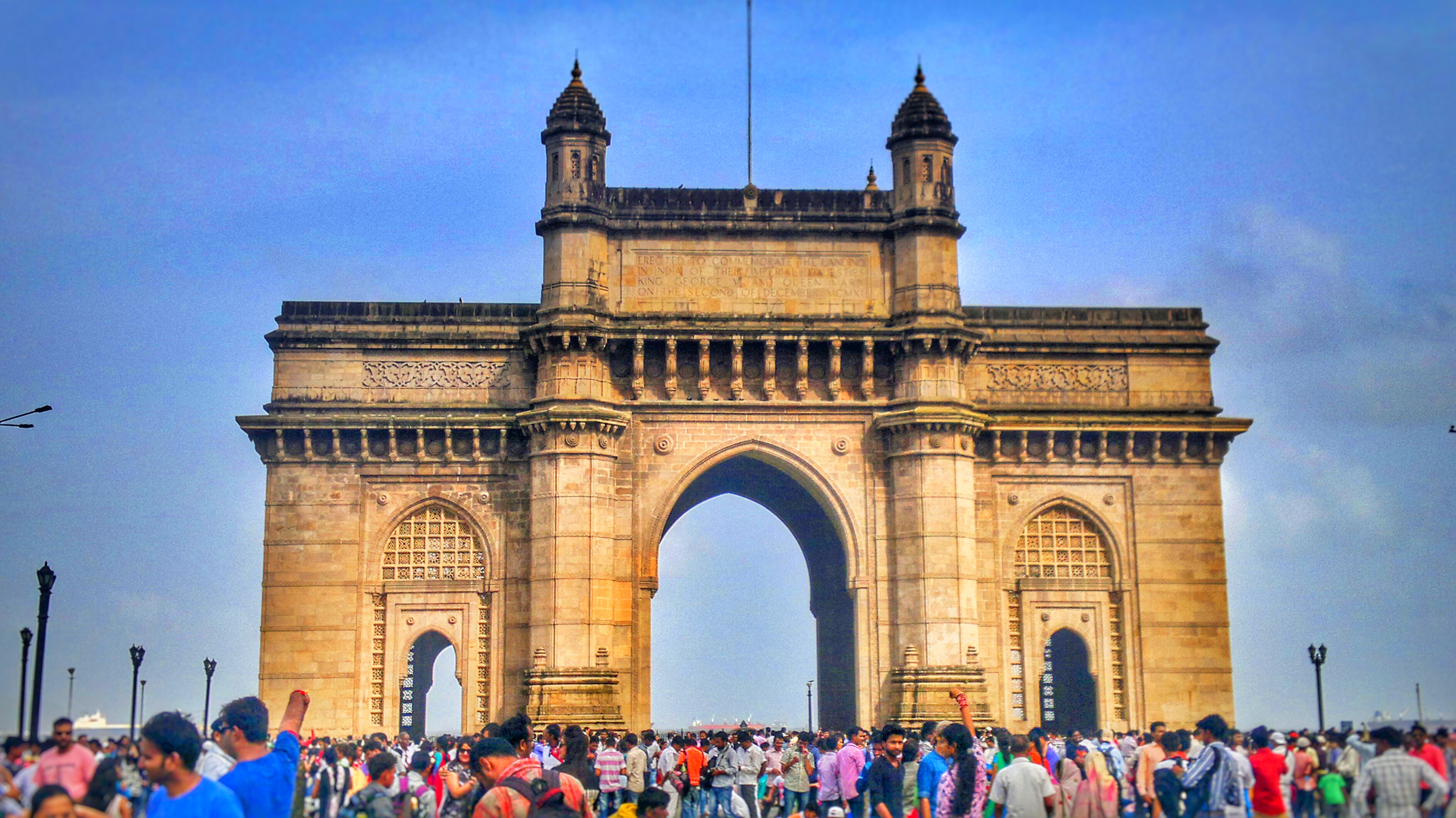In Hindi, the term “gates of India” refers to both a fortification and an architectural monument. The country’s history is one of the world’s most fascinating histories, with many rulers reigning here who imposed significant changes on the nation as a result of their rule. Following Mughal architecture in terms of its best examples, European architecture may be seen most in Indian history during the 20th century when the Gateway of India was constructed in Mumbai, India. Today we’ll reveal some fascinating facts about it along with its origins.

The Gateway of India was created in 1911 when King George V and Queen Mary of England visited India. It was built as a memento at the Mumbai port by architect George Wittet. Despite the fact that King George V and his wife Queen Mary were only able to view a model of the Gateway of India’s structure while it was being built, it was finished in 1924. The Gateway of India is constructed out of yellow basalt and concrete, with a large arch form.
The Gateway of India’s architectural style is Indo-Saracenic. The Grandiose building, which was constructed in the Muslim architectural styles, has traces of it as well. The monument’s main dome measures approximately 48 feet in diameter and rises to a height of 83 feet.

10 Facts about the Gateway of India that are worth knowing:
- The dome of the Gateway of India was built at a cost of 21 lakhs, and the entire Gateway of India was built for 2.1 million rupees.
- At the entrance, later statues of Chhatrapati Shivaji and Swami Vivekananda were erected.
- The Taj Mahal of Mumbai is also known as the Gateway of India.
- Gateway of India Indo is in Colaba, Mumbai, and is a beautiful example of Saracenic architecture. Its height is almost the same as eight stories.
- The Gateway of India is a gateway to the Elephanta Caves.
- India has seen three major terrorist strikes in the nation’s history, including a 2008 attack on the Taj Mahal Hotel and other prominent sites in Mumbai.
- Let us inform you that the Gateway of India, despite its size, is still a monumental sign depicting British colonial domination.
- The Gateway is set on reclaimed land, which has a beautiful view of the Arabian Sea and Marine Drive, another Mumbai attraction.
- The monument is in the Apollo Bunder sector of South Mumbai, at the bay of the Arabian Sea.
- This was the final British army’s route back to Europe after India gained independence.

